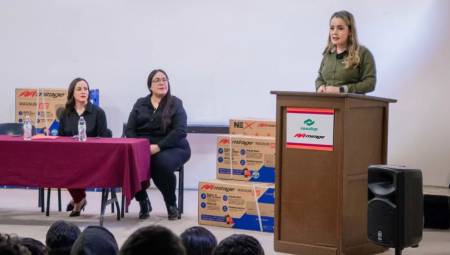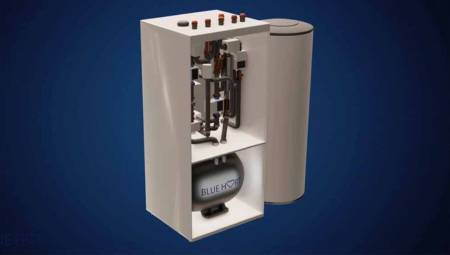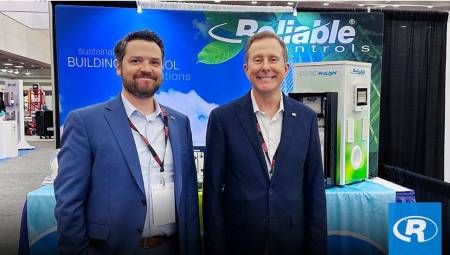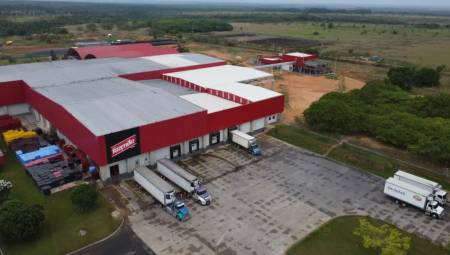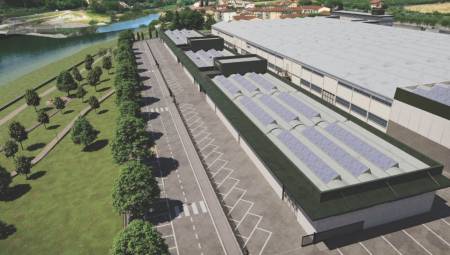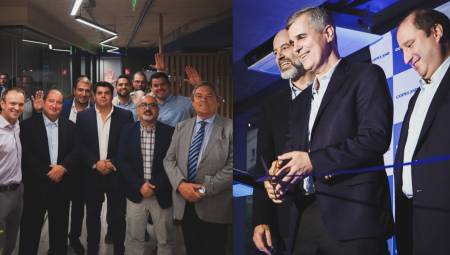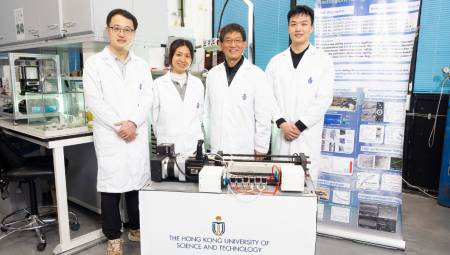 An instructive article related to Pressure Independent Control Valves and their benefits in the HVAC System.
An instructive article related to Pressure Independent Control Valves and their benefits in the HVAC System.
by Danfoss
In HVAC systems it is important to ensure that all coils found in the system can receive the design flow and ensure thermal comfort for the occupants. This thermal sensation has such an important impact, as a good design, because it defines the one that the person wants to return, can work comfortably and efficiently and the operating costs are the most optimal. (Fig. 1).

The imbalance is naturally caused by the pressure drop in the pipe and the intrinsic elements of the system. For this reason, manual balance valves are used to guarantee the flow rate to each coil and control valves to maintain the temperature of the room. (fig. 2 and fig. 3).


During the normal operation of the HVAC system there are variables that come into play and influence the way in which the equipment will operate (outside temperature, number of people occupying areas, electrical equipment on, luminaire etc) and for this reason the elements operate at partial loads and it is here where the variable speed drives play a crucial role to operate the pumps and fans, supplying the energy required at that time.
Following the idea of the ice water system, the pump drives are directly linked to the balancing of the system and their correct operation will be determined by the opening and closing of the control valves.
Following the traditional design scheme of 2-way control valves and manual balance valves, typical problems begin to be had, such as overflow in coils causing a low dT in the chiller, low flow in the farthest coils, poor operation of the pumping system and requiring additional pumps to be turned on unnecessarily. This generates occupant dissatisfaction and high energy and maintenance costs. (fig. 4)

Overflow is a topic that is very important to take care of, because the efficiency of the same is reduced and as you can see in the graph (fig. 5) the dT of the chiller is greatly affected and the operation of the pumps (%flow) becomes a very high cost in energy.

The cause is due to the fact that pressure changes are constant and traditional valves are selected taking into account only a pressure drop, having a dynamic system no longer operate optimally.
To avoid this there is a very simple solution and with which we can replace those 2 valves with 1 alone, it is here that the Independent Pressure Balance and Control Valves (PIBCV) play a crucial role in the designs and operation of the HVAC system. These valves have the characteristic that in the same body there is a flow limiter, a differential pressure controller and the control is carried out by means of an actuator. (fig. 6)

The differential pressure control plays the most decisive role in the operation of the PIBCV, it consists of a diaphragm, which with the pressure changes generated with the opening and closing of the valves, maintains a constant flow. This helps a lot for the actuators to operate only by the temperature variations of the areas and increase the useful life of the same. (operating cycles are reduced).
Following the trends of the market and the internet of things, there are currently control elements (actuators that allow us to have communication to the BMS constantly allowing us to have monitored the position in which the valve is located, what is the flow is being supplied, injection temperature and return of the coil, consumption, etc. (fig. 7)

Not only will it allow us to have all the information at the moment and be able to make decisions in a timely manner, it also allows us to reduce installation and configuration costs. Because through the BMS you can make the flow adjustment of the valves. It will not be necessary to do it in the commission and greatly lowers the installation costs, make modification during the operation without having to access the roof.
In conclusion, in any system where variable speed pumps are going to be used, the best option will always be to install Independent Pressure Balance and Control Valves because their selection is simple, the equipment will operate according to the required demand, help to make the dT of the chillers more efficient, improve the operation of the pumps and reduce operating costs during the useful life.



